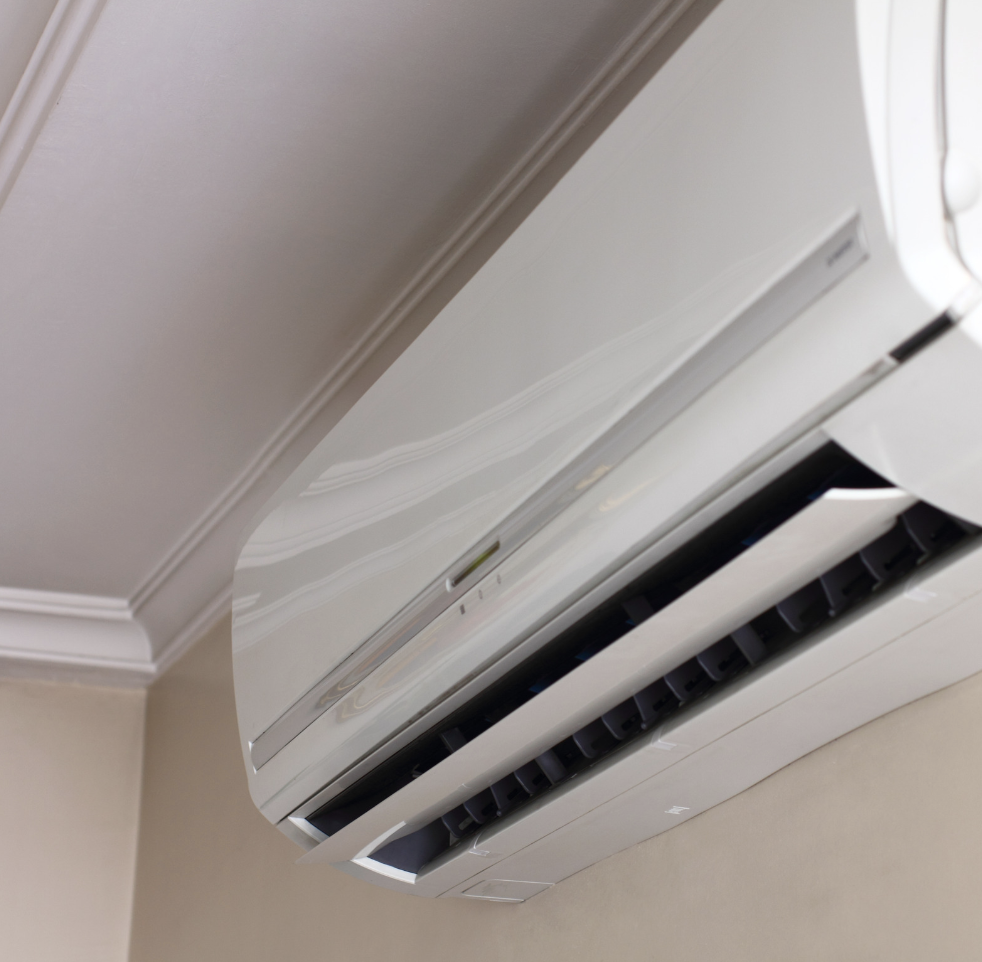In the realm of heating, ventilation, and air conditioning (HVAC), the rise of mini split systems has revolutionized the way we think about climate control. Mini split HVAC systems offer a compact, versatile, and energy-efficient solution for both residential and commercial spaces. But beyond their convenience and performance, one of the most significant advantages of mini split systems lies in their eco-friendliness.
What Are Mini Split HVAC Systems?
Mini split HVAC systems, also known as ductless systems, consist of an outdoor compressor/condenser unit and one or more indoor air-handling units. Unlike traditional HVAC systems, mini splits do not require ductwork to distribute conditioned air, making them ideal for retrofitting older buildings, room additions, or spaces where installing ducts is impractical or cost-prohibitive.
Energy Efficiency: A Key Component
One of the primary reasons mini split HVAC systems are considered eco-friendly is their exceptional energy efficiency. These systems utilize inverter-driven compressors, which continuously adjust the speed of the compressor motor to maintain the desired temperature. This results in significant energy savings compared to conventional HVAC systems, which often operate at fixed speeds, leading to frequent cycling on and off.
Additionally, mini split systems allow for zoning, enabling users to heat or cool specific areas of a building independently. This zoning capability reduces energy waste by avoiding the need to heat or cool unoccupied rooms. As a result, occupants can enjoy personalized comfort while minimizing energy consumption.
Reduced Environmental Impact
Mini split HVAC systems contribute to a reduced environmental impact in several ways:
- Lower Energy Consumption: By operating more efficiently and allowing for precise temperature control, mini split systems consume less electricity compared to traditional HVAC systems. This reduced energy consumption translates to lower greenhouse gas emissions, particularly in regions where electricity is generated from fossil fuels.
- No Ductwork: The absence of ductwork eliminates the energy losses associated with air leakage, which can account for a significant portion of energy waste in traditional ducted systems. Additionally, ductless systems avoid the potential for indoor air quality issues caused by dust, mold, or other contaminants accumulating within ducts.
- Adoption of Eco-Friendly Refrigerants: Many modern mini split systems use environmentally friendly refrigerants with lower global warming potential (GWP) and ozone depletion potential (ODP) compared to older refrigerants like R-22. These eco-friendly refrigerants help mitigate the impact of HVAC systems on climate change and ozone depletion.
Longevity and Durability
Mini split HVAC systems are designed for durability and longevity, which further enhances their eco-friendliness. With proper maintenance, these systems can last for many years, reducing the need for frequent replacements and the associated environmental costs of manufacturing and disposing of HVAC equipment.
Conclusion
In conclusion, mini split HVAC systems offer a compelling eco-friendly alternative to traditional heating and cooling solutions. Their energy efficiency, zoning capabilities, reduced environmental impact, and durability make them a sustainable choice for achieving indoor comfort while minimizing energy consumption and greenhouse gas emissions. As the world strives to mitigate climate change and reduce reliance on fossil fuels, the adoption of eco-friendly HVAC technologies like mini splits plays a crucial role in building a greener, more sustainable future.
Trust HVAC Installers:
